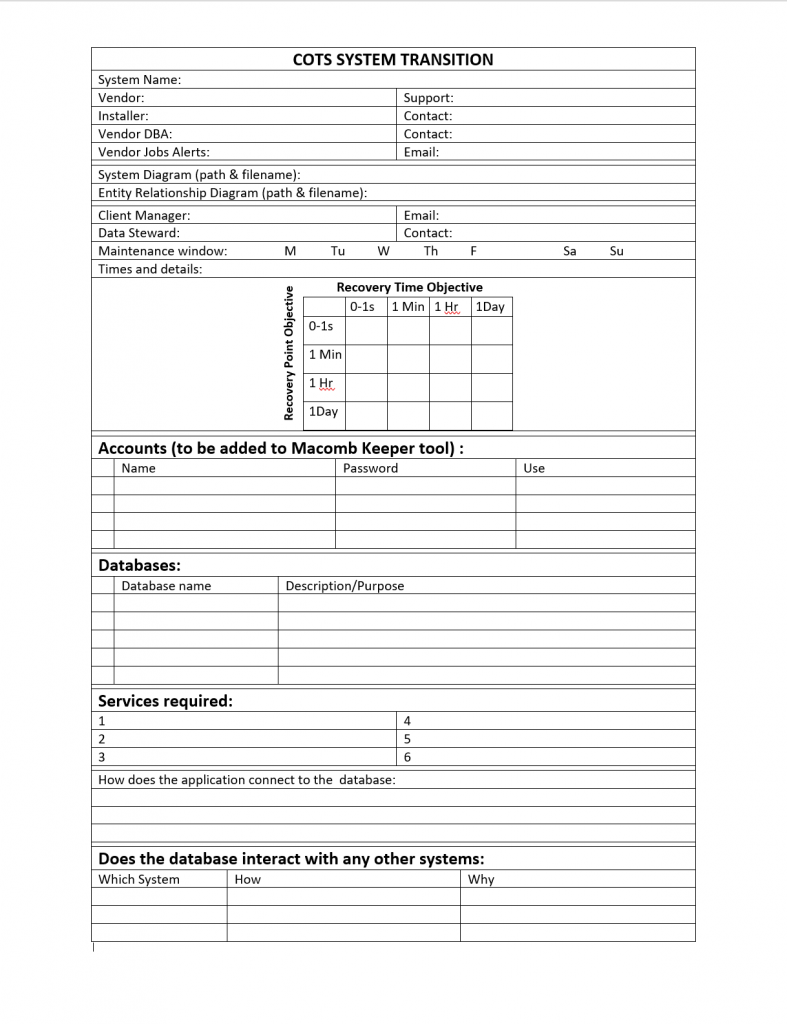I just started a project to replace my SQL Server 2012 and SQL Server 2014 servers.
Why? First of the end of life for SQL 2012 is coming up quickly, and it takes time to get them replaced. I hope you have already finished the SQL 2008R2 and earlier servers, and they are not supported any longer. I currently have a lot of this server. We only have a few of the SQL Server 2014. We are not ready to make the jump to SQL Server 2019. It has been riddled with corruption issues, and I am not willing to risk this yet.
Here is a summary:
- 3% – SQL Server 2008R2, and it is in the process of being replaced, waiting on the server.
- 24% – SQL Server 2012
- 7% – SQL Server 2014 – All SQL Express, sadly
- 24% – SQL Server 2016
- 38% – SQL Server 2017
- 3% – SQL Server 2019 – Testing only
When we are finished with this round of server replaces we should have more like:
- 7% – SQL Server 2014 – All SQL Express
- 24% – SQL Server 2016
- 66% – SQL Server 2017
- 3% – SQL Server 2019 – Testing only.
Why is this desirable?
- Supporting two flavors is a lot easier.
- Patching is easier
- Support is more consistent.
- Microsoft support will continue for a few more years.
The project will take the better part of a year because I am working with COTS vendors and the support is a tad slow. This round can get updating documentation to switch the application from one database server to another. This will reduce the dependency and delays on the server replacements. In the future, we are planning on collecting this and some additional information on system transfer to production maintenance for all new systems also.
Also, with this refresh, we are switching from a single server to a shared storage cluster to easy reboots and downtimes. This can be done at a little additional cost and helps our RPO/RTO. Frankly, our customers were expecting this level of server and are not tolerant of long system outages. The design allows monthly reboot and patches that currently take about 1 hour, 20 minutes to be reduced to less than 4 minutes. Yes, we all have to evolve with this expectation.
Here is the initial design of the form for COT Server turn over to production support.
 COTS System Transition Document
COTS System Transition Document
This whole process is just part of making the DBA role easier and more manageable. If you have not started this process, now is a good time to start. The end of support for SQL Server 2012 and 2014 is coming soon.
If you think this is a hard task? Making your databases secure, reliable, and fast. Want help with your conversions?